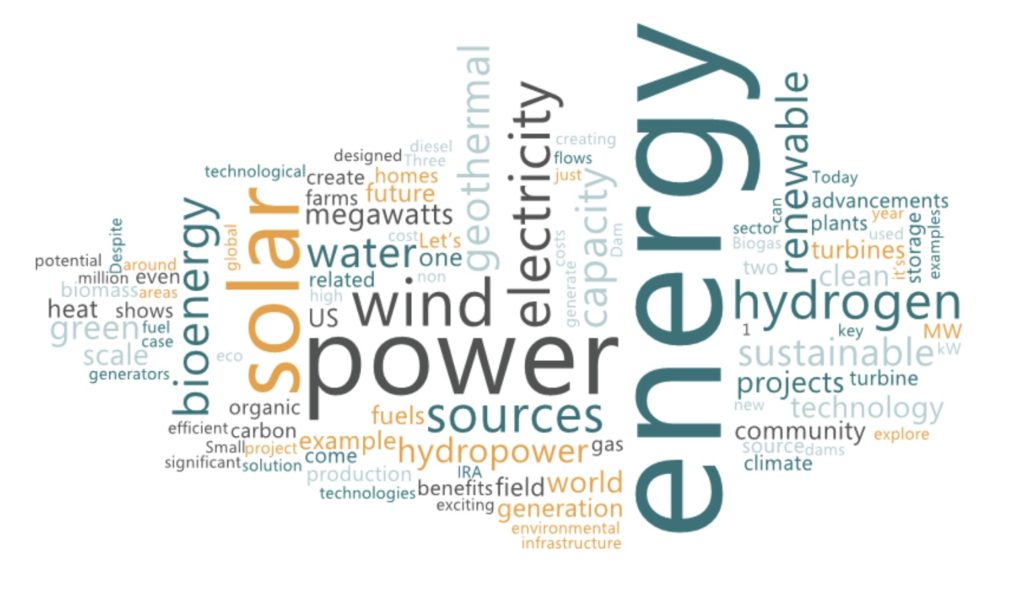Today’s Focus of Attention is reader-supported. We sometimes include products we think are useful for our readers. If you buy through links on this page, we may earn a small commission.
Whether you’re a pro or just dipping your toes into the vast ocean of green energy, we are thrilled to have you here.
In this article, we’ll explore the top six renewable energy sources: solar, wind, hydropower, geothermal, bioenergy and dive into the emerging world of hydrogen.
The need for green power has never been more critical. If we continue to rely on fossil fuels, we’re in for environmental degradation, the exhaustion of our non-sustainable reserves, and an even more devastating climate change.
Not a pretty scenario, right?
However, the solution lies in carbon-neutral alternatives, which are not just safe; they’re key to creating a healthier and more balanced world.
Despite the challenges of implementation and scalability, the global community is witnessing a seismic shift towards these renewable sources.
So, are you ready to explore how these superstars are shaping a sustainable future? Buckle up and continue reading.
What is green energy?
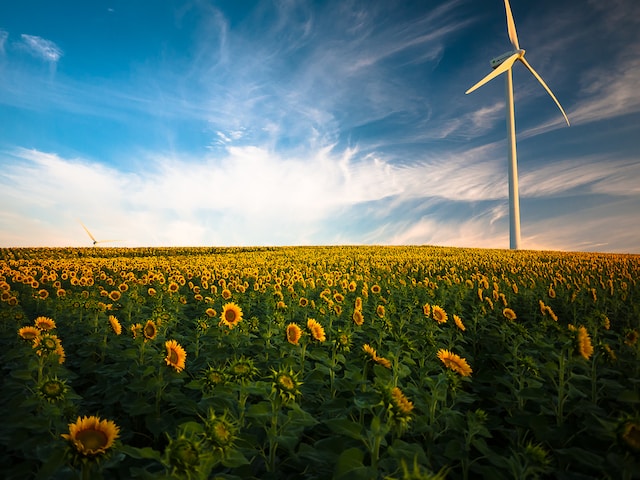
Green energy refers to power derived from natural sources and processes, such as wind, sunlight, tides, plants, water, and geothermal heat.
The benefits of this eco-friendly power go beyond environmental protection. They also bolster economies by creating jobs, reducing pollution-driven healthcare expenses, and decreasing dependence on imported fuels.
Cost of pollution-related medical care
Air contamination is linked to severe health problems, such as heart diseases, strokes, lung cancer, and respiratory illnesses, including asthma.
A study showed that healthcare costs associated with infections from airborne toxins amounted to over $8 trillion in 2019. Another study revealed that exposure to lead and copper in drinking water results in around $9 billion in health-related expenses each year.
Economic Benefits of Clean Energy Sources
Green energy is an exciting opportunity for economic growth and job creation.
One example is the US Inflation Reduction Act (IRA), which contains significant provisions related to transitioning to a non-polluting economy.
Key provisions in the IRA allocate $100 billion for electric vehicles, $65bn for low-impact energy manufacturing, and $50bn for energy efficiency.
The IRA also targeted measures to streamline the permitting process and provide tax credits. The idea is to reduce the time and costs tied to eco-smart projects as well as diversify the nation’s energy portfolio.
Top 6 Renewable Energy Sources
Solar
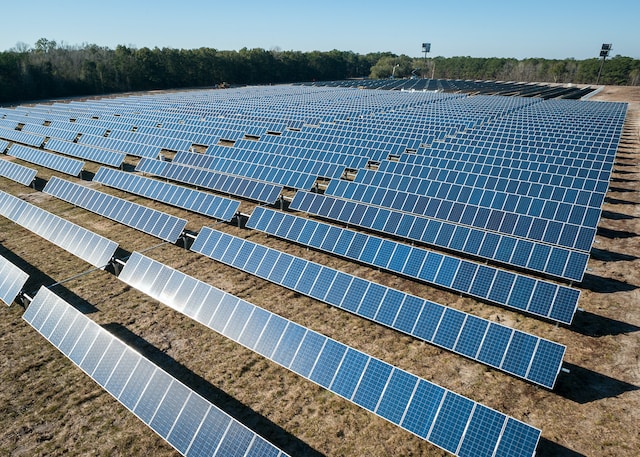
Derived from the sun’s light, it is a powerful resource that we’ve only begun to capitalise on for energy production.
As a renewable source, solar power is one of the most popular climate-friendly generators.
We have efficient solar panels that convert sunlight into electricity, along with new photovoltaic thermal collectors designed to harness the sun’s rays for heating homes and businesses.
Moreover, there’s ongoing research into the exciting field of solar fuels, which aims to create sustainable, sun-powered alternatives to hydrocarbons.
We have countless examples across the globe. Let’s look at two impressive case studies:
The Solar Star Projects, US
Covering almost 13 square kilometres in California, this project is a prime example of harnessing solar energy on a grand scale.
The two installations combined at this mega plant, the largest in the US, have a capacity of 579 megawatts, providing clean power to around 255,000 homes.
The power station has 1.72 million solar modules on single-axis trackers to generate solar power.
The Bhadla Solar Park, India
This solar power plant, in the Thar Desert of Rajasthan, has a total installed capacity of 2,245 megawatts.
Spanning 56 square kilometres, Bhadla is part of India’s National Solar Mission. The mission aims to install 100 gigawatts of solar capacity in the years to come, with the goal of reducing emissions by 35% by 2030.
These two examples just scratch the surface of the immense potential for solar energy.
Wind
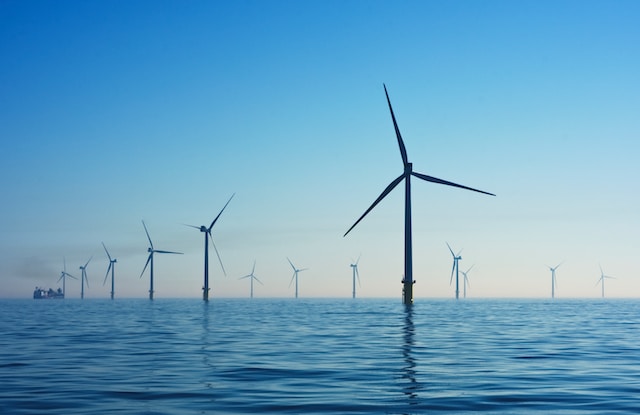
For centuries, this invisible and untamed natural element served to sail ships and grind grain. Today, it’s gaining ground as a major source of environment-conscious solution.
Wind turbines convert air flows into electrical power to produce energy. As it becomes more efficient, this technology is destined to soar.
We can see huge wind farms spread across vast swathes of land and even in the sea. Offshore wind farms, in particular, represent an expanding segment due to the stronger and more consistent wind speeds found over water.
A couple of remarkable projects are:
The Walney Extension, United Kingdom
Off the coast of Cumbria, you will find this offshore wind farm, which generates enough clean energy to power nearly 600,000 homes.
Its 87 turbines generate 659 megawatts in an area of 145 square kilometres and show how aeolian energy is used on a massive scale.
Lake Turkana Wind Power, Kenya
With 365 turbines, LTWP covers 160 square kilometres and has a capacity of 310 megawatts, enough to supply energy to one million homes.
Kenya saves up to $120 million a year in fuel by reducing reliance on diesel power plants.
Hydropower
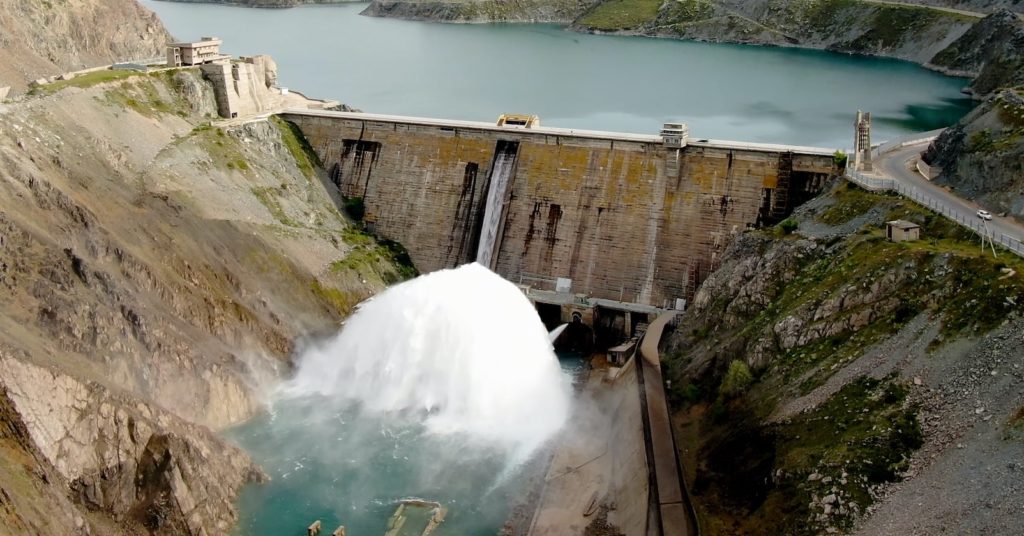
It is the most significant source of renewable electricity in the world today.
Despite being the oldest form of generation, it’s continuing to make waves in the modern era with new advancements and applications.
Hydropower is based on a simple principle: flowing water spins a turbine, which then generates power.
HP systems range from massive dams to modest run-of-river plants and even portable equipment.
Let’s turn our attention to how hydroelectricity benefits large and small areas.
The Three Gorges Dam, China
In terms of installed capacity, this is the world’s largest hydropower project. The dam has 32 turbines of 700 MW each plus two smaller generators of 50 MW, totalling 22,500 megawatts.
In addition to generating electricity, The Three Gorges Dam was designed to increase the Yangtze River’s shipping capacity, reduce the potential of flooding downstream, and ensure a reliable supply of water year-round.
Small-scale Hydropower, Peru
About 25% of the population of Peru, mostly in rural areas like the Andean jungle, does not have access to grid electricity.
Micro-hydro technology is giving constant energy to communities that relied on diesel generators.
This approach uses the energy of fast-moving water to rotate the blades of a turbine at high speed, which then offer 1 kW to 200 kW.
Today, 30,000 people benefit from the installation of 47 micro-hydro systems, and a combined capacity of 1,568 kW.
This case shows the adaptability of hydropower to different environments and scales.
Bioenergy

This key player in the lineup refers to the energy derived from organic materials, known as biomass. It includes anything from agricultural residues and timber waste to tailored grown crops.
The beauty of bioenergy is its broad applicability since it can be converted into electricity, heat, or even organic fuels for the transport sector.
Its continuous evolution and technological advancements allow it to be more efficient and sustainable. For instance, second-generation biofuels, which come from non-food crops, are a significant step towards clean bioenergy production.
Let’s explore a couple of pioneering projects:
Bioenergy Carbon Capture and Storage (BECCS), Drax power station, UK
Drax has become the first to implement BECCS technology at scale, as it has converted four of its power generation units from coal to biomass.
BEECS produces electricity and stores CO2 from biomass. It shows the promise of bioenergy to achieve a net-zero carbon economy.
Community Biogas, Nepal
Small-scale, community-run biogas plants have transformed rural life in Nepal.
Biogas is a simple technology where a mixture of animal waste and water is put inside a digester, producing a gas that is collected in a dome called the gasholder. The digested slurry flows to a tank and then to a compost pit. Afterwards, the gas is ready for cooking and lighting.
The residue is for farming, as a rich, organic fertiliser. This model shows how bioenergy provides healthy, cost-effective, sustainable community-led solutions in remote areas.
Geothermal
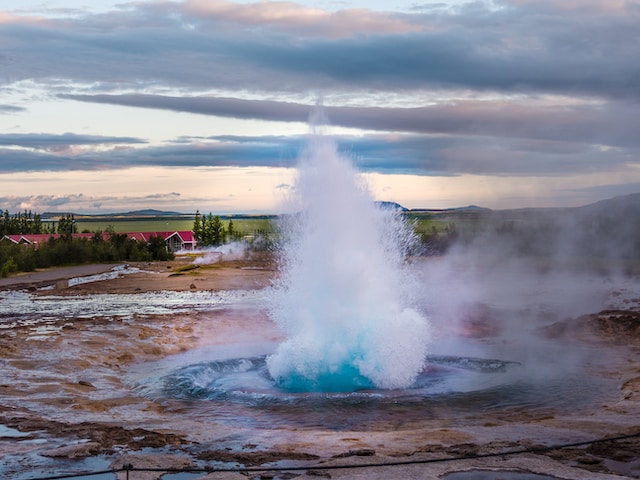
This type doesn’t spring to mind when we think of renewables.
Geothermal energy comes from the heat deep within the earth, used to create electricity and warm buildings.
The high-pressure steam coming from the earth crust flows over a turbine. As the turbine blades rotate, a magnetic field produces electricity.
The generated power is increased with a transformer for long-distance transmission.
Let’s dig into these fantastic examples:
The Hellisheidi Power Station, Iceland
When it comes to geothermal energy, Iceland is a leader, with close to 30% of its electricity generated from geothermal sources.
The Hellisheidi, one of the largest worldwide, has an installed capacity of 303 MW of electricity and 400 MW of thermal energy, meeting a substantial portion of the nation’s power needs.
The Geysers Geothermal Complex, US
Located in California, it is the biggest geothermal field worldwide, with a production factor close to 955 megawatts.
Spread over 77 square kilometres, The Geysers provides electricity to Sonoma, Lake, Mendocino, Marin, and Napa counties. This complex meet roughly 60% of the power demand for the coastal region between the Golden Gate and the Oregon state line.
This impressive project shows that by tapping into the heat beneath our feet, we access a continuous and inexhaustible reservoir of energy.
Hydrogen
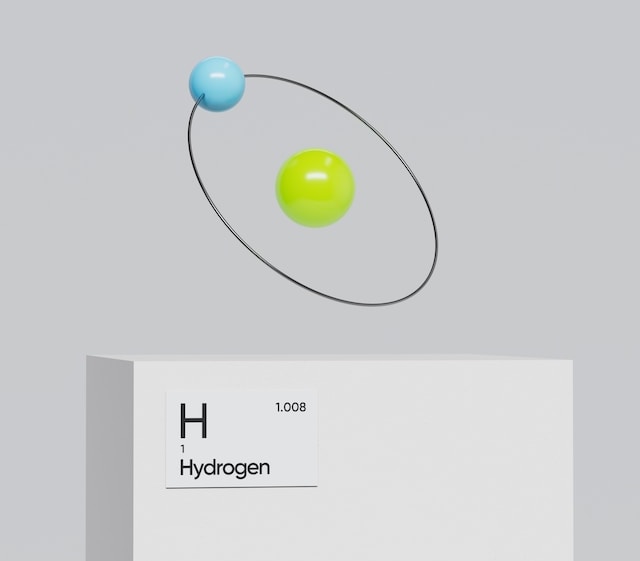
The most abundant element in the universe is a potent player in the energy sector because of its enormous potential as a clean source.
This type of energy involves the use of H2 and O2 within a fuel cell to generate electricity, with only water and heat as by-products.
The most attractive part of H2 is its wide-ranging functionality: cars and aeroplanes, the industrial sector, and as a substitute for diesel engines in the construction field.
Carmakers such as Toyota with their Mirai model and Hyundai with their Nexo are leading this technology. While JCB, leader in heavy-duty machinery, has attained a victory with its hydrogen internal combustion engine on backhoe loaders.
An example of hydrogen production is the Fukushima Hydrogen Energy Research Field (FH2R), the world’s largest hydrogen facility.
It uses solar and grid power to electrolyse water to produce around 1,200 m3 of H2 per hour, which is later used for fuel cell vehicles and energy generation.
Another example is on the other side of the Asian continent. The United Arab Emirates is working on an electrolyser with a 2 GW capacity with hydrogen creation in mind.
The idea behind this ambitious plan is to bring down the price of green hydrogen to $1 per kilogramme and to get at least 25% of the global hydrogen market by 2030.
However, hydrogen is not exempt from obstacles. Storing and transporting are still difficult due to its low density. Yet, technology and infrastructure companies are working on a solution to address these issues.
Take the case of hydrogen powder, which in theory will help overcome security and flammability problems related to transport and storage.
The challenges ahead
As promising and exciting as these renewable sources are, we should not overlook the hurdles we face in adopting them on a global scale.
The number one is technological limitation. Despite their rapid advancements, solar and wind power depend on the weather, and the storage solutions are not yet optimal. With bioenergy, it is the sustainability of biomass sourcing, and geothermal’s challenge lies in accessing and extracting energy efficiently from beneath the Earth’s surface.
In the second position, we have infrastructure needs. Most current energy stations are designed for coal and gas. Thus, shifting to renewable sources might require repurposing or building new facilities, including huge wind farms, solar parks, pipelines, or hydroelectric dams.
As number three, economic barriers. Although the cost of these technologies has been falling, the initial setup costs are still high, and the financial mechanisms to support these investments are not available everywhere. Meaning that developing countries could lack the resources to invest in renewables.
Policy and regulatory frameworks play a crucial role in the transition, so they occupy our fourth position. In some regions, these policies might not be supportive or may fall behind technological advancements, posing a hurdle to implementing zero-carbon energy projects.
Answers to the difficulties
While these challenges seem daunting, they are not insurmountable.
For instance, progress in battery technologies could improve power storage for intermittent clean sources such as solar and wind energy.
Regarding infrastructure, public and private sectors are already working to finance these transformations. For example, the repurposing of gas pipelines for hydrogen, programmes encouraging individuals to install solar panels, or the use of bioenergy for heating. They are all effective.
Economic benefits play an important role by offering subsidies, tax incentives, and favourable financing options to lower economic barriers; in particular, the Inflation Reduction Act.
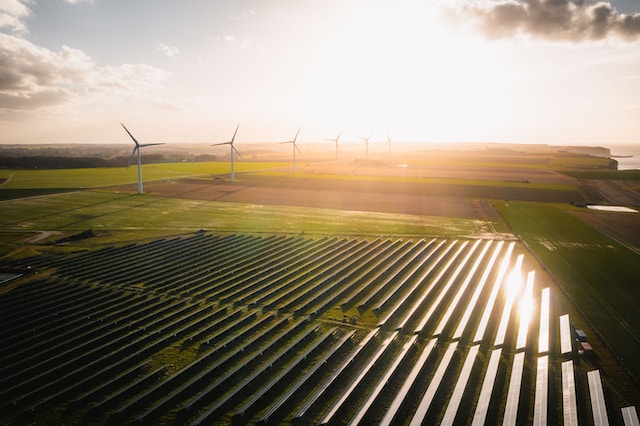
Over the course of this article, we have travelled from the sun-soaked expanses of solar farms, the towering turbines of wind power, and the mighty dams of hydropower to the organic marvel of bioenergy, and deep into the Earth’s crust with geothermal energy.
We have explored how these incredible renewable sources hold the keys to a more sustainable and strong future, free from the yoke of fossil fuels.
Transitioning to earth-friendly energy has never been more clear as we face the realities of climate change.
It is about ensuring that we meet our current needs without damaging the next generation. It’s creating a world where economic growth and environmental sustainability go hand in hand.
Green energy has a glowing future, but we have to create it. And that’s where you come in.
Do your bit by installing solar panels for your home, supporting wind power projects in your community, advocating for policies that support eco-smart solutions, or simply spreading the word.
Our actions have positive effects. We can shape a sustainable future for ourselves, those who come after us, and our planet.


